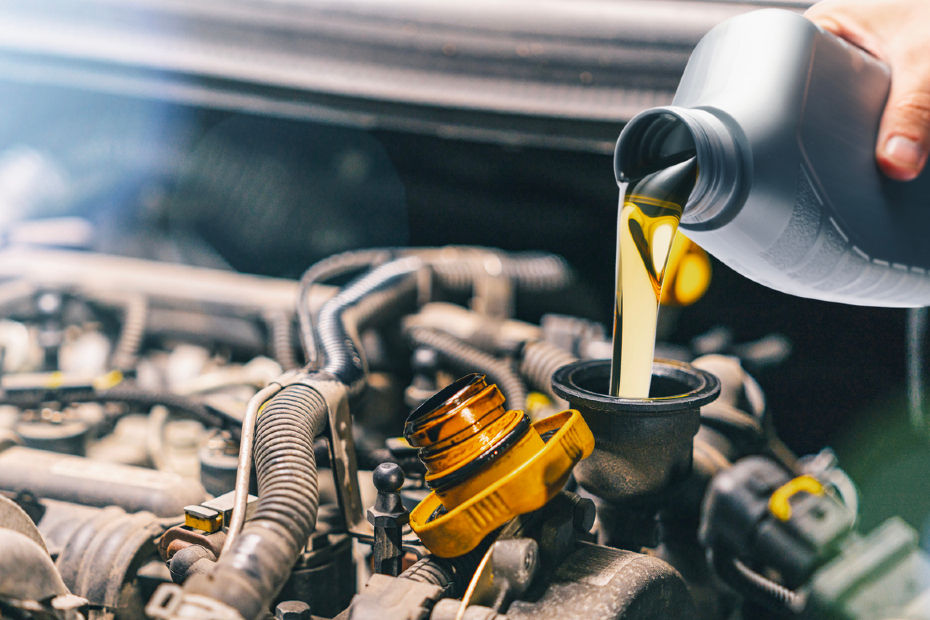Debunking The Myths And Methodology Around Modern Engine Break-in Methods
Published On Apr 30, 2023 10:01 AM By Shruti
- Write a comment
Understanding the proper techniques for breaking-in a modern engine can ensure optimal performance over time

The subject of engine break-in methods has been a topic of debate for some time. There are two broad groups of thought about the matter with differing opinions: one advocates taking it slow and easy for the first 1,609km (1,000 miles), while the other suggests driving it hard fresh off the showroom floor. However, some experts now state that both methods hold merit depending on the engine-type and the manufacturer’s recommendations.
However, there are several myths and misconceptions surrounding modern engine break-in methods. In this article, we'll take a closer look at some of these myths and methodologies and provide a clear understanding of what engine break-in is, why it's important, and how to do it properly.
What does it mean to break-in an engine?
Breaking in a new engine is a conditioning process that allows for smooth operation, ensuring long-term optimal performance. The period lets the piston rings sit correctly on the cylinder wall, preventing uneven part wear. It is essential to follow the manufacturer's recommended guidelines, which vary from carmaker to carmaker.
Typically, the break-in period falls within the first 1000-1500kms.
Also Read: Top 7 Essential Summer Car Care Tips
If you succumb to the common urge to push your engine too hard early on, you risk accelerating the process, causing minute imperfections in the size and shape of engine components. This can result in piston rings that do not sit correctly or improper piston movements, leading to your engine burning oil in the long run.
Gradually breaking in the engine is the best approach, as it helps to minimize premature engine wear and allows the engine and transmission to adjust to each other over time.
Myths of Engine Break-in Methods

Myth 1: Breaking-in an engine is unnecessary - Some people believe modern engines are manufactured to such high standards that they don't require a break-in period. However, this is a misconception. Even the most advanced engines need to undergo a break-in period to ensure their components settle and wear in properly.
Myth 2: Hard-breaking is the best method - Some drivers believe that driving the engine hard from the start, with frequent full-throttle acceleration and high RPMs, is the best way to break in an engine. However, this can actually damage the engine and lead to premature failure.
Myth 3: Synthetic oils are bad for engine break-in - Some people believe synthetic oils are too slippery for proper engine break-in. However, this is not necessarily true. Many modern synthetic oils are designed to work well during the break-in period, and some manufacturers even recommend specific synthetic oils for pre and post-break-in phases.
Methodologies Related to Engine Break-in Methods

Gentle break-in method: This method involves keeping the engine at a low RPM and load for the first few hundred miles or hours of operation. The idea is to allow the components to wear in gradually and properly. This method suits most engines, especially those intended for everyday driving.
Severe break-in method: This method involves driving the engine hard right from the start, with frequent full-throttle acceleration and high RPMs. The idea is to seat the rings and other components quickly, but it can also cause damage to the engine if done improperly. This method is typically used for very high-performance engines and racing applications.
Manufacturer-recommended break-in method: Many engine makers provide specific guidelines for breaking in their engines. These guidelines may include specific RPM ranges, driving conditions, and oil types. Following the manufacturer's recommended break-in method is usually the safest and most effective approach, as they have designed and tested the engine to perform optimally using their recommended procedures.
Also Read: 10 Warning Signs On Your Car Dashboard That You Should Know
Simply put, the choice of a break-in method should be based on the engine type, intended use, and manufacturer's recommendations.
Breaking in a car is not just about the engine. There are other moving parts to consider, such as the transmission, differential, and wheels. Components like brakes and suspension also need to be taken into account. Therefore, if you choose to follow a set break-in process with your engine, it's also important to be mindful of these other parts.
2 out of 3 found this helpful















